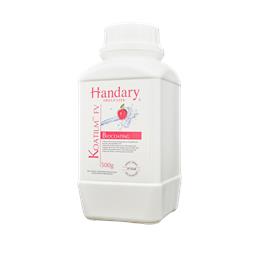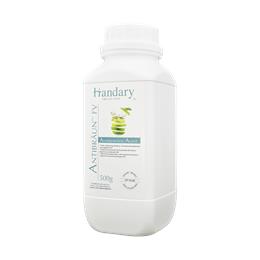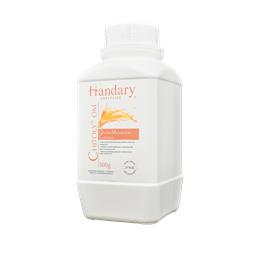Description
Fresh-cut fruits refer to fruits that have been washed, peeled, sliced or chopped into bite-sized pieces and are ready to be eaten without any further preparation. They are typically sold pre-packaged in supermarkets or available in salad bars, and are popular for their convenience and ease of consumption.
While fresh-cut fruits are a convenient and healthy snack option, they do have a shorter shelf life than whole fruits and are more susceptible to bacterial growth and spoilage. It's important to store them in airtight containers in the refrigerator and consume them within a few days of purchase to ensure their freshness and safety.
Additionally, it's important to choose fresh-cut fruits that are free from any signs of spoilage, such as discoloration, soft spots, or a sour smell. It's also important to wash them thoroughly with water before eating to remove any potential bacteria or contaminants.
Yeasts & Molds
Yeasts and molds can be a problem in fresh cut fruits, as these microorganisms can grow and cause spoilage if not properly controlled. Fresh cut fruits are particularly susceptible to yeast and mold growth because the process of cutting can create wounds and increase the surface area, providing a suitable environment for these microorganisms to grow.
In summary, yeast and mold growth can be a problem in fresh cut fruits, but can be prevented through proper handling, storage, and hygiene practices. The use of antimicrobials treatments and modified atmosphere packaging can also be effective in controlling microbial growth, but must be carefully managed to ensure that they are safe and effective.
Enzymatic Browning
Enzymatic browning is a natural chemical process that occurs in fresh cut fruit when the enzyme polyphenol oxidase (PPO) in the fruit comes into contact with oxygen in the air. This process can result in a darkening of the fruit's color, as well as changes in flavor and texture.
Enzymatic browning can be a problem for the fresh cut fruit industry, as consumers tend to prefer fruit that looks fresh and bright in color. To prevent or slow down enzymatic browning in fresh cut fruit, several methods can be used.
Overall, enzymatic browning is a natural process that occurs in fresh cut fruit, but can be managed through the use of proper storage and handling techniques, packaging materials, antimicrobial treatments, and physical treatments. By carefully managing enzymatic browning, the fresh cut fruit industry can help to ensure that their products remain visually appealing and of high quality for consumers.
 English
English 简体中文
简体中文 Français
Français Español
Español


